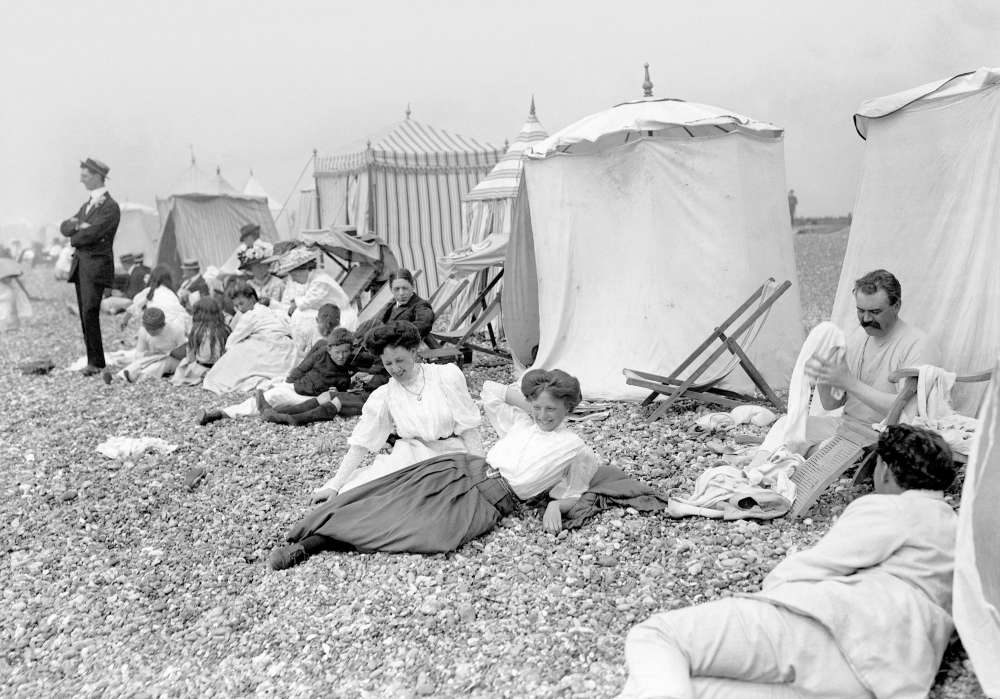
Looking back at Britain’s beautiful beaches through the decades. From the Isle of Wight to Scarborough
There’s nothing more quintessentially British than a trip to the rainy seaside.
You can keep your Cote d’Azur and Cancun, we’re very happy with Broadstairs, Blackpool and Bognor, thank you very much.
A tepid paddle, then a strenuous clamber over some jagged stones to get your hands on a dripping and soggy Mr Whippy might not sound appealing to some – but most of us Brits wouldn’t have it any other way.
Faded seaside glamour isn’t lost on us and we’re now jostling for an Instagram shot of Scarborough’s brightly coloured beach huts, or Margate’s lovingly restored Dreamland.
With millions of pounds of investment drawing us back to the British coast, it seems the allure of a stick of rock covered in sand is stronger than ever. And, with August fast approaching, what better time to have a nose through our seaside snaps of yesteryear?
1900s: When suntans were considered gauche

No one liked a seaside resort more than the Victorians. From Blackpool to Southend, they built up their ‘pleasure palaces’, but even with a change of monarch, the love affair endured. Kent’s coast remains ever-popular with day trippers and holidaymakers – and these Edwardian women were early fans.
1910s: When baring flesh was a no-no

Back in 1911, these two Margate holidaymakers had to wait for their beach hut to be towed to the sea, so they wouldn’t suffer the indignity of being spotted on the beach in their swimming costumes.
1920s: When beauty contests caused controversy

Local businessman Robert Forsyth set up the Folkestone Beauty Competition in 1908 in an attempt to breathe new life into the ailing pier, and it’s a contest that still happens to this day. Unsurprisingly, it was derided by the Suffragette movement at the time.
In 1921, Miss Fidge from Italy, Violet Pout from England and Berthy Egli from Spain participated in Folkestone’s first international beauty competition, adding a little continental flavour to proceedings. A swimsuit round wasn’t introduced until the 1950s.
1930s: When everyone joined forces

Even the outbreak of World War II couldn’t keep Brits away from the beach. Here they are on the sand at Torquay in Devon, helping evacuees, local residents and the ARP (Air Raid Precaution) fill sandbags. In fact, the war barely interrupted the growth of the British seaside holiday, and its ascent continued into the 1940s.
1940s: When all ages relaxed

The appeal of the British coast wasn’t exclusive to any class or age, as demonstrated by these two senior sunbathers enjoying a spot of relaxation on Bournemouth beach.
1950s: When stars flooded the sands

Seaside resorts and holiday camps were brimming with entertainment, and stars such as Britain’s first teen idol Tommy Steele took part in the summer season shows,. Seen here getting a close up with Steele’s cardboard cut-out are Audrey Cruddas (left) and Frieda Salmon.
1960s: When Brits spurned the seaside

Windmill girls Denise Warren (left) and Iris Chapple each sit on a donkey on Weston-Super-Mare beach in 1961. The 1960s actually saw seaside trips begin to fall out of favour with British tourists, as rising wages increased the popularity of overseas package holidays.
1970s: When only ice-cream could keep us on staycation

The decline of the British seaside continued into the 1970s, as sunny Spain proved too tempting for many families. However, these holidaymakers at Cowes on the Isle of Wight couldn’t wait to get their hands on an ice cream to help them cool off.
1980s: When wild animals took over

We’re used to seeing donkeys, seagulls – even Punch & Judy – on British beaches, but circus elephant Sharon proved quite the spectacle on the sand at Great Yarmouth. Here she is befriending holidaymakers Graham and Janet Stead.
1990s: When lad culture kicked in

Those who couldn’t afford a week in Magaluf sought solace on the British coast – and brought lad culture with them, too. Cue boozing, bottom baring and bronzing. The seaside towns made room for their new audience, making a packet from the stag and hen dos drawn to a little fun in the sun.


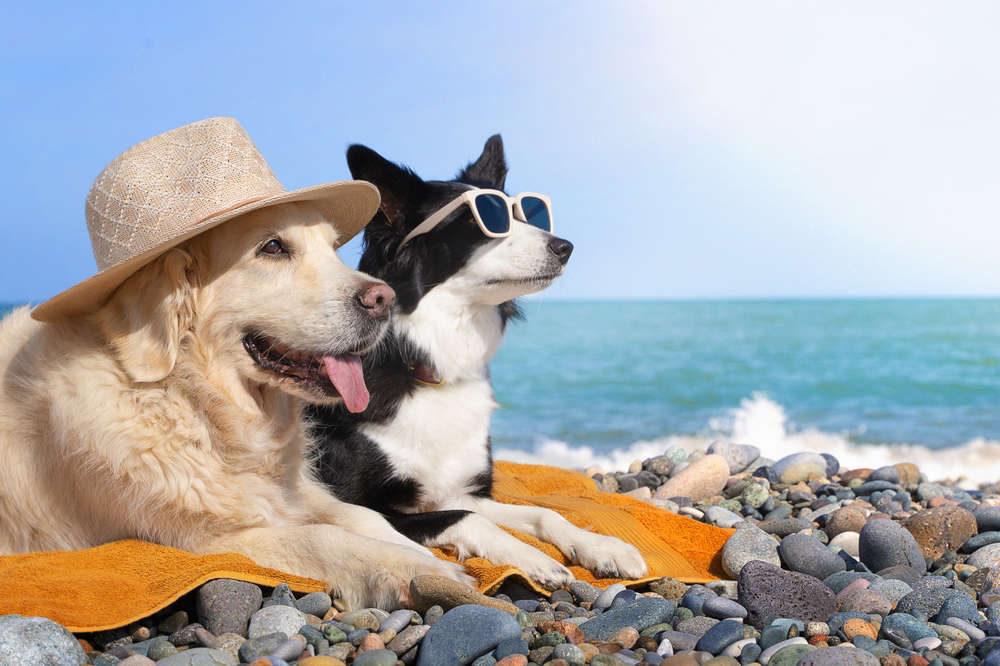 Five Most Pet-Friendly Destinations in the UK
Five Most Pet-Friendly Destinations in the UK
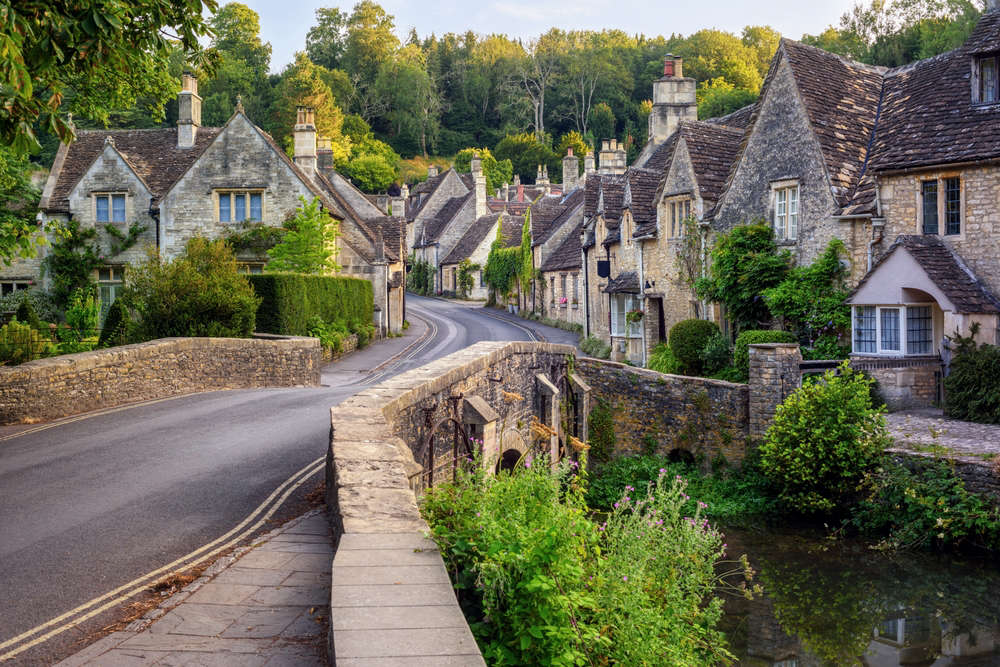 Five UK Valentine's Destinations Perfect For A Night Away
Five UK Valentine's Destinations Perfect For A Night Away
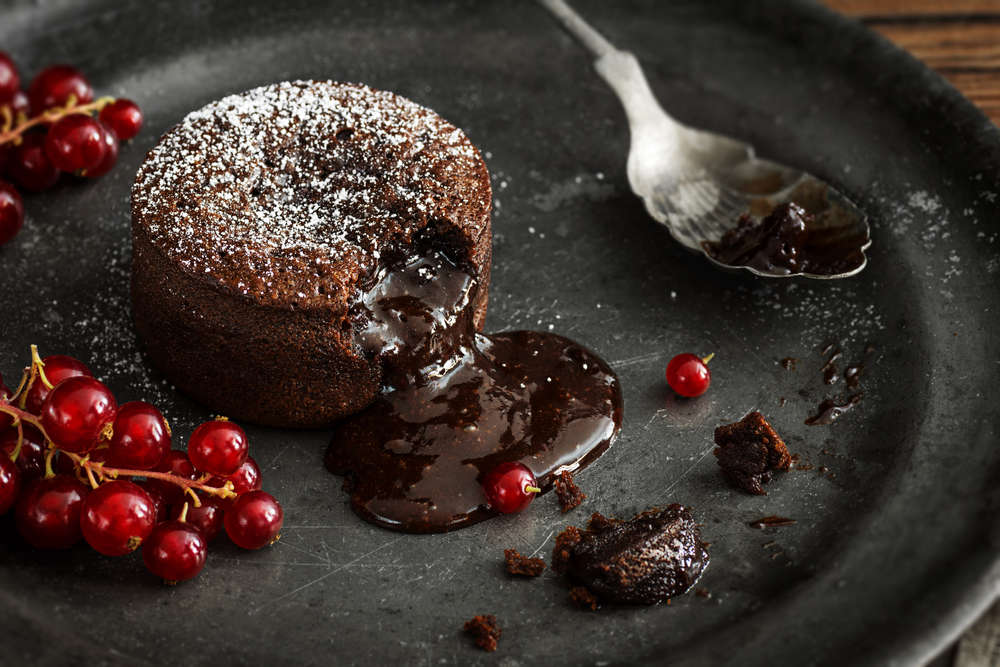 Five Highly Romantic Meals Perfect for Your Valentine
Five Highly Romantic Meals Perfect for Your Valentine
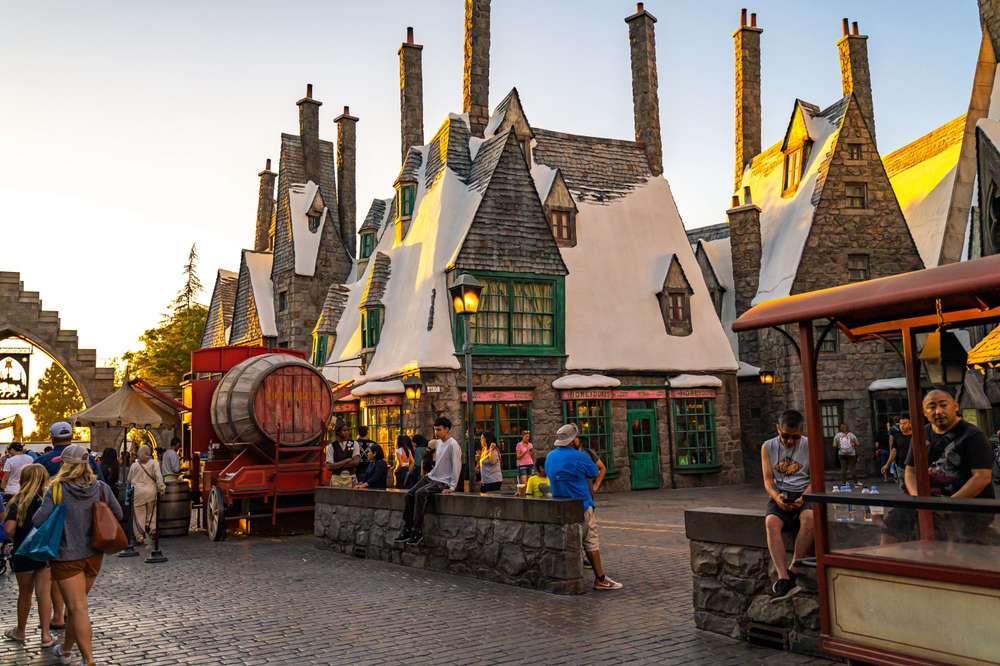 Five Fantasy Worlds We'd Love to See Become Theme Parks
Five Fantasy Worlds We'd Love to See Become Theme Parks
 Five Most Romantic Valentine’s Gestures From Europe
Five Most Romantic Valentine’s Gestures From Europe
Comments
Add a comment